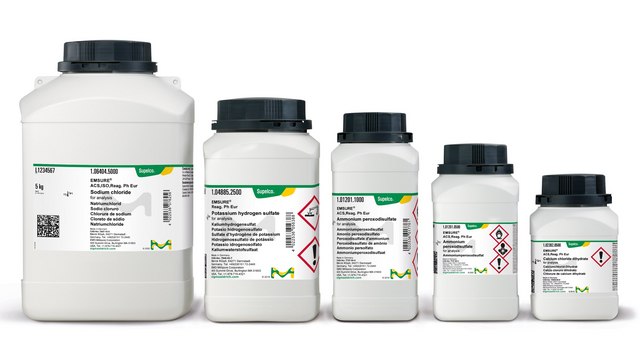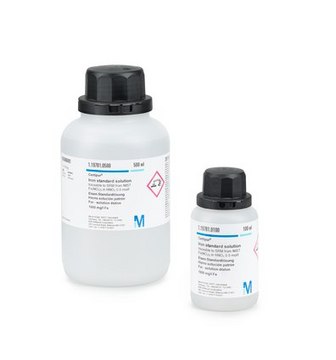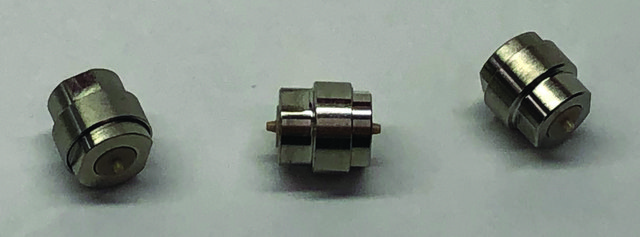05-1471
Anti-Rictor Antibody, clone 9F1.2
clone 9F1.2, from mouse
Synonym(s):
Rictor, AVO3, rapamycin-insensitive companion of mTOR, mAVO3
About This Item
Recommended Products
biological source
mouse
Quality Level
antibody form
purified immunoglobulin
antibody product type
primary antibodies
clone
9F1.2, monoclonal
species reactivity
human, mouse, rat
technique(s)
immunoprecipitation (IP): suitable
western blot: suitable
isotype
IgG2aκ
NCBI accession no.
UniProt accession no.
1 of 4
This Item | GF65515451 | GF59505273 | GF68268000 |
|---|---|---|---|
| manufacturer/tradename Goodfellow 435-987-84 | manufacturer/tradename Goodfellow 655-154-51 | manufacturer/tradename Goodfellow 595-052-73 | manufacturer/tradename Goodfellow 682-680-00 |
| form rod | form rod | form rod | form rod |
| assay 99.95% | assay 99.95% | assay 99.95% | assay 99.95% |
| mp 1083.4 °C (lit.) | mp 1083.4 °C (lit.) | mp 1083.4 °C (lit.) | mp 1083.4 °C (lit.) |
| resistivity 1.673 μΩ-cm, 20°C | resistivity 1.673 μΩ-cm, 20°C | resistivity 1.673 μΩ-cm, 20°C | resistivity 1.673 μΩ-cm, 20°C |
| bp 2567 °C (lit.) | bp 2567 °C (lit.) | bp 2567 °C (lit.) | bp 2567 °C (lit.) |
General description
Specificity
Immunogen
Application
Representative lot data.
1 ug/mL dilution of this antibody immunoprecipitated Rictor from 100 mg of HEK293 lysate.
Quality
Target description
Physical form
Analysis Note
HEK293 cell lysate.
Western Blotting Analysis: 1 µg/mL of this antibody detected Rictor on 10 µg of HEK293 cell lysate.
Other Notes
Not finding the right product?
Try our Product Selector Tool.
Storage Class Code
12 - Non Combustible Liquids
WGK
WGK 1
Flash Point(F)
Not applicable
Flash Point(C)
Not applicable
Certificates of Analysis (COA)
Search for Certificates of Analysis (COA) by entering the products Lot/Batch Number. Lot and Batch Numbers can be found on a product’s label following the words ‘Lot’ or ‘Batch’.
Need A Sample COA?
This is a sample Certificate of Analysis (COA) and may not represent a recently manufactured lot of this specific product.
Already Own This Product?
Find documentation for the products that you have recently purchased in the Document Library.
Our team of scientists has experience in all areas of research including Life Science, Material Science, Chemical Synthesis, Chromatography, Analytical and many others.
Contact Technical Service




